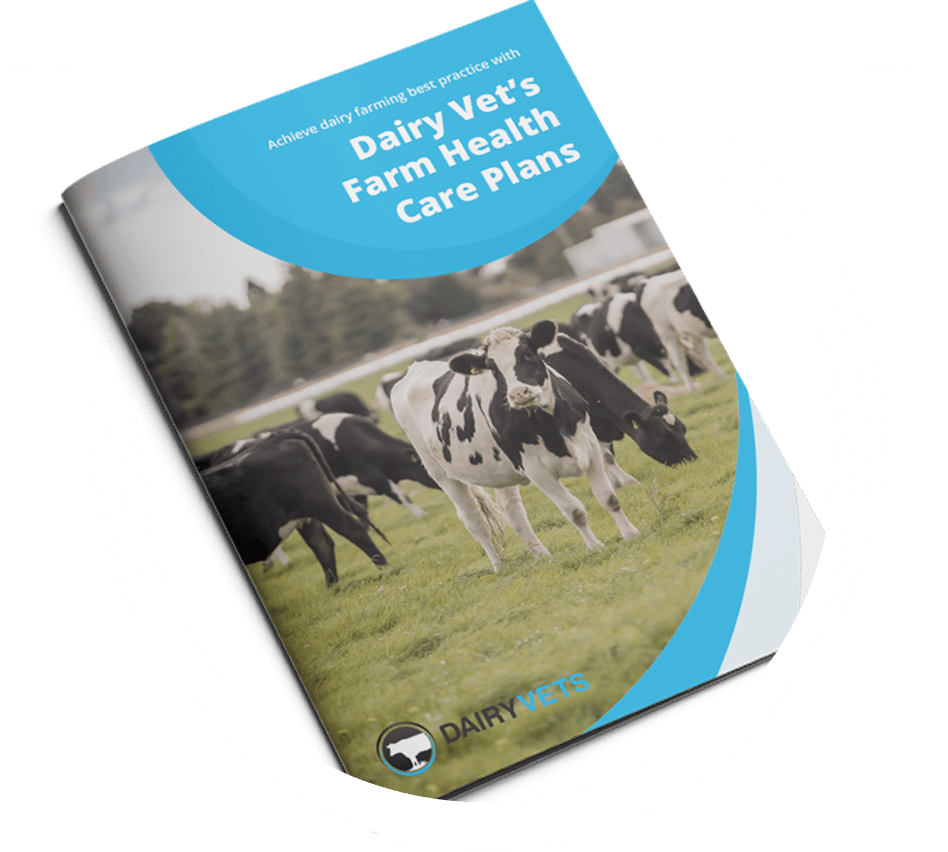Risk factors for high nitrate include crop type, recent fertilisation and cloudy cold (frost) conditions. There is increased risk this season due to the drier than normal conditions.
When animals consume too much nitrate, their system becomes overloaded. Normally, any nitrates consumed are converted in the rumen into ammonia, which is then excreted from the body. When this system hits capacity, the excess nitrates sits in the blood, blinding up with red blood cells. These cell which normally carry oxygen around the body, can no longer do this, resulting in the animal essentially suffocating from not enough oxygen.
Typical signs of nitrate poising are:
- Wobbly/difficulty standing/downer cow
- Breathing faster
- Salivating/frothing
- Blue/brown mucous membranes (gums, vulva, around eyes)
If you suspect nitrate poisoning it is essential that any suspect or clinical are treated quickly and all other cows are moved off the crop. Initial treatment is supportive and includes
- Glucalphos (brown bag)
- Antibiotic
- Non-steroidal anti-inflammatory
If cows are unresponsive to this treatment or many cows are down showing obvious signs the vet should be called as we can administer additional treatments to help remove the nitrates from the blood. Often when an outbreak occurs, the situation unfortunately gets worse before improving.
Now lets talk about prevention: the key here is to know what levels of nitrate are in crop and then having a plan of how to transition cows onto it. Testing is easy, just grab some crop (leaf and stem) from a few spots in the field, drop it into the clinic and we can test it in house. With this information a plan can be made to reduce the risk of poisoning occurring.

Recommendations using test results often include:
- Filling animals up on straw and/or silage in the morning before moving onto crop
- Starting with shorting feeding times (1-2 hours) initially. This allows animals to adjust to the new feed. Depending on test results we can decide what percentage of DM can be fed.
- Feeding later in the day as levels of nitrates are usually higher early in the day.
Hopefully, this has provided a good overview of nitrate toxicity. As always give us a ring if you have another other questions or want to discuss your specific situation.



















